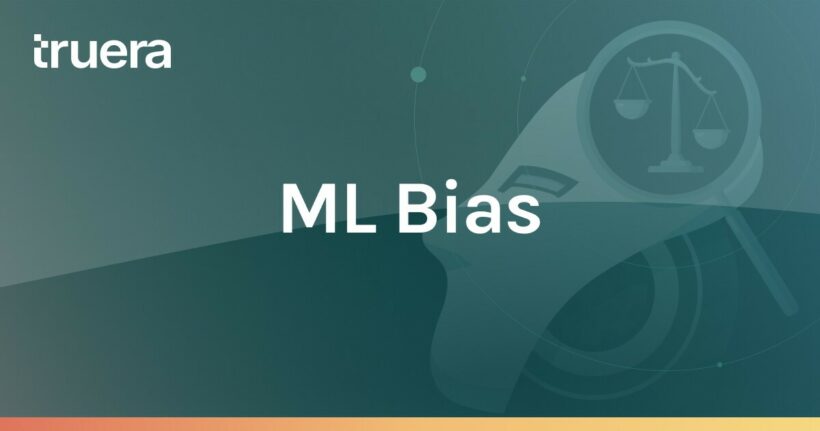As Artificial Intelligence (AI) becomes increasingly integrated into our daily lives, concerns about potential unfair bias have grown in the public sphere. Indeed, there’s no question that human biases are reflected in data that AI systems are trained on and might lead to unfair outcomes. Yet, researchers and industry leaders have built various methods and tools to mitigate this risk.
Understanding Machine Learning Bias
Bias in AI refers to a phenomenon that occurs when a machine learning model produces results that are systemically prejudiced due to erroneous assumptions. These biases can arise from the training data, which might contain historical prejudices. For instance, if a facial recognition system is trained predominantly on images of a certain ethnicity, it might struggle to accurately recognize faces from other ethnic groups. Similarly, a hiring algorithm trained on past data might inadvertently favor certain demographics over others, perpetuating existing inequalities. This challenge is magnified with the advent of Large Language Models (LLMs). Indeed, these massive models are trained on large unverified corpus, which include human-like biases.
Mitigation techniques
To address this concern, researchers and industry actors have designed various methods and tools:
- Diverse and representative data: A fundamental step in mitigating bias is using diverse and representative training data. By including a broad range of data points from different demographics, AI models can learn more accurate and inclusive patterns.
- Bias audits: Regular audits of AI systems can help identify and mitigate bias. These audits involve evaluating the model’s decisions across various demographic groups and identifying any unfair disparities.
- Ethical guidelines and standards: Organizations are developing ethical guidelines and standards for AI development and deployment. Adhering to these principles can help ensure fairness and accountability.
- Algorithmic transparency: Making AI algorithms more transparent allows researchers and industry actors to better understand how decisions are made and thus mitigate biases more effectively.
- Fairness metrics: Defining fairness metrics during the development phase can guide the creation of models that minimize bias. Then, they can be used to monitor ML models when they are in production.
- Ongoing monitoring and feedback: AI systems should be continuously monitored for bias even after deployment. User feedback and real-world data can provide insights into biases that may have been missed during development.
- Human-in-the-loop: Involving human reviewers in the training process can help identify and correct bias. Human reviewers can help ensure that AI systems align with ethical and fairness standards.
The way forward
Despite the progress being made, addressing bias in AI remains a complex challenge. One major hurdle is the trade-off between fairness and accuracy. Striving for fairness might lead to decreased performance on certain tasks. Balancing these objectives requires careful consideration.
Another persistent challenge is the dynamic nature of bias. As societal norms evolve, AI systems must adapt to changing definitions of fairness. This requires continuous monitoring and updates to ensure that AI remains aligned with current fairness standards.
To learn more about techniques to measure and mitigate AI bias please read the other articles in this section.
